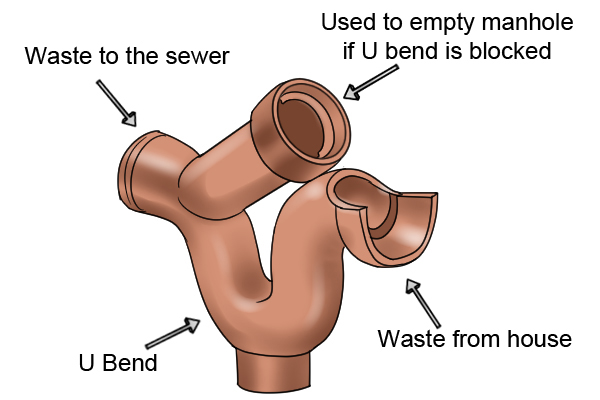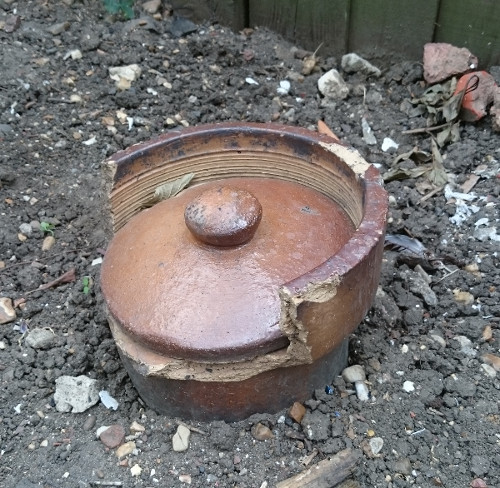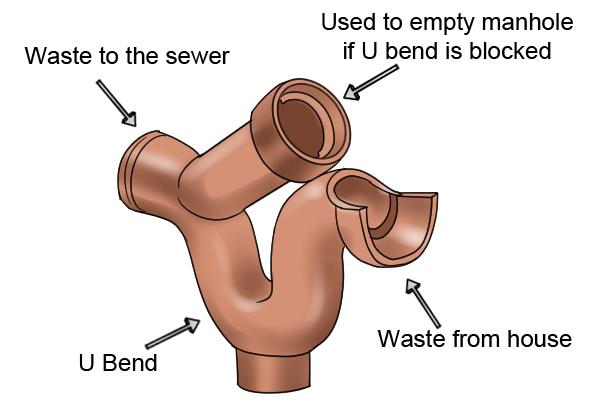“My Dad told me about them!”: Drain interceptor traps
Introduced in Victorian times, drain interceptor traps were originally installed to stop the smells from sewers venting into properties.
The health risks and dangers of the foul air were not fully understood at the time, and the decision to install interceptor traps was left to individual local municipal and rural authorities. As a result, interceptor traps are more common in certain parts of the UK and come in many shapes and sizes.
At that time things were not good. Cesspits leaked methane and other gasses, which often caught fire and exploded. Three cholera outbreaks between 1831 and 1854 killed nearly 20,000 people in London and better solutions were needed.
The Great Stink of 1858 in London resulted in the building of Joseph Bazalgette’s public sewer system - part of which is still in place today. The first sections were completed between 1859 and 1875, and Thomas Crapper made his first flushing toilet in 1861.
The trap’s design effectively prevented foul air and rodents from leaving the sewers and entering properties. However, they created other problems because they were often installed on combined storm and foul drainage systems.
Made from vitreous clay they suffered from root ingress and fractured with movement or settlement. A build-up of silt, debris, grease and fat within the trap itself then caused blockages and even building subsidence.

Diagram of a drain interceptor trap (thanks for the picture, Wonkee Donkee Tools)
Interceptor traps can often be found in the outlet of a manhole chamber, with a rodding point fitted over the top to access the outgoing pipe work.
As in the picture below, the rodding point would have a clayware cap or ‘tea pot lid’ which would form a seal. However, the lids would usually end up blocking the trap itself or just go missing creating a direct vent and defeating the purpose of the ‘p-trap’ interceptor altogether.

Clayware cap on a drain interceptor trap (picture courtesy of diynot.com)
You might still come across an interceptor trap when working on older properties, if it still has the cap intact you’ve found a gem of an antique! If the traps are causing problems it’s often easier to remove and replace them with a straight section of pipe.
Today we ventilate sewers 900mm above windows with soil and vent pipes, have manholes at changes in direction or have trapped roddable gulleys to ensure we keep everything where it should be.
Find out more on the LABC Back to basics drainage course
Found this interesting? Browse our "My dad told me about this..." articles
Please Note: Every care was taken to ensure the information was correct at the time of publication. Any written guidance provided does not replace the user’s professional judgement. It is the responsibility of the dutyholder or person carrying out the work to ensure compliance with relevant building regulations or applicable technical standards.
Sign up to the building bulletin newsletter
Over 48,000 construction professionals have already signed up for the LABC Building Bulletin.
Join them and receive useful tips, practical technical information and industry news by email once every 6 weeks.
Subscribe to the Building Bulletin




Comments
Reply to: Tea pot lid
Submitted 6 years 1 month ago
Sorry but we do not have any practical tips on how to remove the lid to the interceptor trap. We suggest that you contact a drainage company for advice.
All the best,
John, LABC
How
Submitted 4 years 11 months ago
How does it prevent smells and rodents? Can't rodents just climb through the u bend?
Interceptor
Submitted 4 years 7 months ago
Reply
Submitted 4 years 7 months ago
It is likely that these access points could well have cast iron covers, depending on the age of the property.
As far as ownership of the drains, this is something that may well be indicated on the title deeds for the property. Boundary lines and ownership is something you are advised to seek legal advice over.
After 22 years, it's unlikely that your neighbour would be in a position to change the boundary line, without your express agreement, but as mentioned, you should seek legal advice on this.
Kind regards
Richard, LABC
1907 last manhole before main sewer
Submitted 3 years 4 months ago
LABC response
Submitted 3 years 4 months ago
Best,
LABC team
Ychwanegu sylw newydd